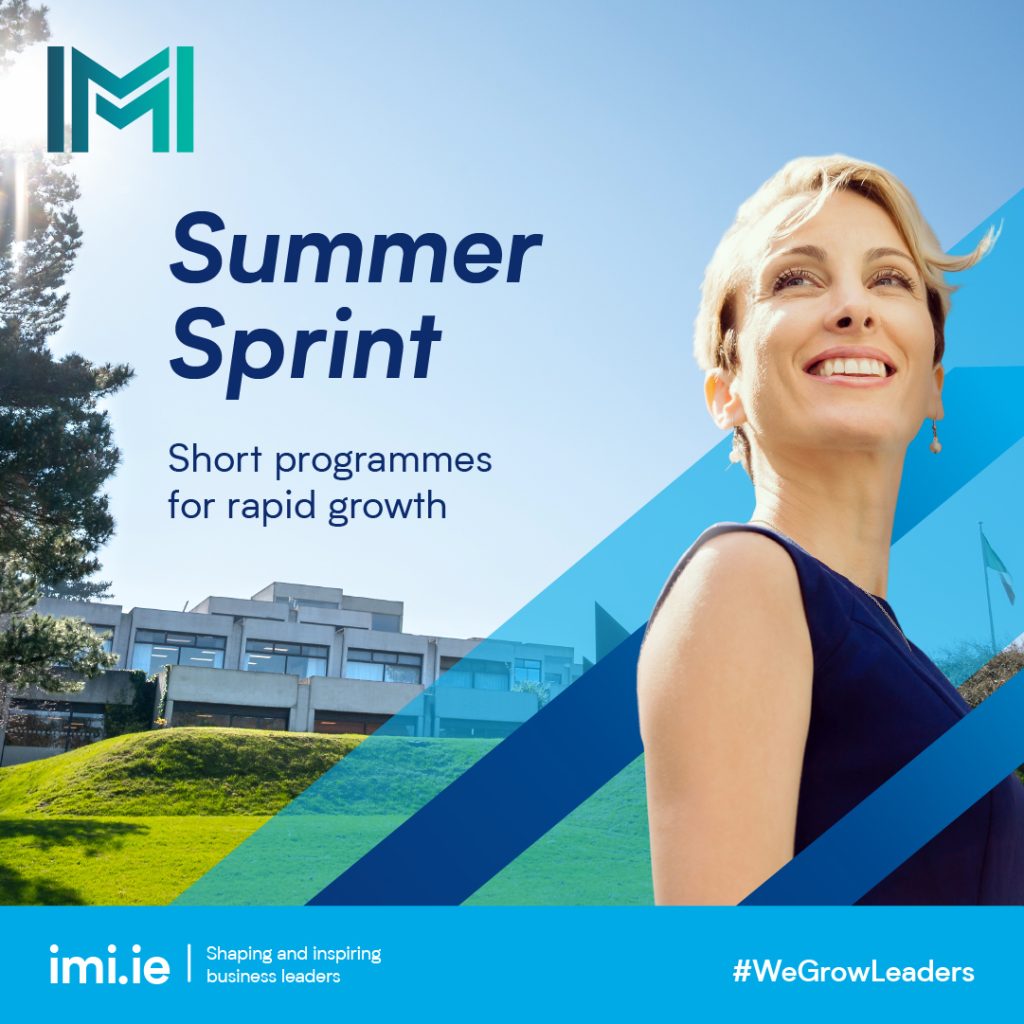Navigating ESG Challenges Has Become a Leadership Imperative
By Ben Davern | 2nd July 2024
In a rapidly evolving and uncertain business landscape, Environmental, Social and Governance criteria (ESG) have moved from optional to essential. Business leaders face a series of complex challenges when implementing ESG strategies—challenges that not only affect compliance and operational efficiency but also impact long-term organisational value and stakeholder trust. Leaders must navigate a maze of operational, reputational and strategic challenges while ensuring alignment with the broader goals of sustainability and corporate responsibility.
At the heart of the challenge is the fundamental transformation required not only in operational practices but also in corporate culture and mindset. Leaders must spearhead this change, moving ESG from a peripheral concern to a central tenet of strategic planning. This involves several key dimensions:
Understanding and Implementing Regulatory Changes
As governments worldwide tighten ESG regulations, leaders face the growing challenge of compliance. Failure to comply with regulation can result in fines, sanctions, lawsuits and loss of licences, along with severe damage to the reputation of an organisation and its leadership. However, the challenge is not merely adhering to current regulations but also anticipating future changes and preparing the organisation accordingly. Indeed, keeping up with the pace and complexity of regulatory change might be the most significant challenge facing leaders today.
The introduction of initiatives such as the EU Green Deal, the Sustainable Finance Disclosure Regulation (SFRD), and the Corporate Sustainability Reporting Directive (CSRD) has set a rigorous compliance landscape. Each of these directives demands deep understanding and adaptation from businesses:
EU Green Deal: Leaders must align their corporate strategies with broader environmental objectives, reshaping operations to be more sustainable.
SFRD and CSRD: These require transparency in reporting sustainability practices and impacts, pushing companies to develop sophisticated mechanisms for data gathering, analysis and disclosure.
Overall, transparent and accurate reporting of ESG performance is essential, requiring robust systems and processes. But navigating these evolving requirements necessitates a proactive approach to legal and policy education, which can be a resource-intensive process that challenges even the most seasoned executives
Integrating ESG into Corporate Strategy
Beyond compliance, the integration of ESG factors into corporate strategy presents another layer of complexity. Contracts have been lost because of poor ESG integration, and in some cases organisations have been unable to tender in the first place. But ESG integration is not merely about risk mitigation; it’s about embedding sustainable practices into the DNA of a company to drive innovation and secure a competitive edge. This requires:
Cultural Change: Shifting the organisational mindset to prioritise sustainability across all operations and decisions. Leaders must champion this transformation, demonstrating commitment through their actions and decisions. This cultural shift requires continuous education, open dialogue, and the promotion of ESG-aligned behaviours throughout the organisation.
Resource Allocation: Directing capital and operational investments towards sustainable practices can be challenging in the short term, particularly when the outcomes are measured over the long term. Practical strategies for emission reduction, such as optimising resource use and adopting renewable energy solutions, must be seamlessly integrated into business processes.
Leaders must champion ESG as a central pillar of their business strategy, aligning all departments and stakeholders around shared sustainability goals. While having a dedicated ESG-titled expert is vital where possible, it doesn’t mean leaders and employees can abdicate responsibility. It’s critical that ESG considerations be embedded into the core strategic planning processes, ensuring these principles are not siloed but integrated across all business operations. This requires a thorough understanding of the impact of ESG factors on the company’s performance, and leveraging these insights to drive business growth and innovation.
Managing Stakeholder Expectations
Effective ESG leadership involves managing a broad range of stakeholder expectations—from investors demanding transparency and accountability, consumers expecting ethical practices and sustainable products, and regulatory bodies increasingly demand transparency and commitment to ESG principles. Managing these expectations involves:
Communication: Effectively articulating the company’s ESG strategies, progress, and challenges to stakeholders.
Engagement: Regularly engaging with stakeholders to understand their concerns and expectations, thereby fostering trust and supporting reputation management.
Leaders must develop a nuanced approach to engage with each of these groups, balancing often divergent interests and finding common ground in pursuit of sustainable goals. Developing robust frameworks for stakeholder engagement is vital, ensuring ESG efforts are visible, verifiable and aligned with external expectations.
Harnessing Data for ESG Metrics and Innovation
A practical challenge in ESG implementation is the acquisition and management of reliable data to track sustainability metrics. Companies must:
Develop Metrics: Identify which ESG metrics are most relevant to their business and stakeholders.
Invest in Technology: Utilise advanced technologies for data collection and analysis to ensure accuracy and efficiency in reporting.
As the dynamic nature of ESG issues demands constant innovation and flexibility, leaders must prioritise investments in technology that will enable them to monitor and report on ESG performance accurately, supporting continuous improvement. This should be part of supporting a wider culture of innovation that can find sustainable solutions to complex challenges. Along with data and reporting this means investing in R&D, collaborating across industries and being willing to pivot strategies in response to ESG findings, trends and directives. By embracing a proactive approach to sustainability, leaders can leverage ESG as a catalyst for innovation, opening new markets and creating value-added products and services.
Final Recommendations
The role of leadership in overcoming ESG challenges is critical. But ESG is not just a challenge; it’s an opportunity. Those who embed practices quickly, develop business strategies with an ESG focus, and report clearly to entice capital investment will substantially. But Leaders must be visionary, not only in complying with current regulations but in foreseeing future trends and preparing their organisations accordingly. They need to foster a culture that values sustainability, integrates ESG into all aspects of business operation, manages diverse stakeholder expectations adeptly and leverages technology for meaningful data usage.
By successfully navigating these challenges, leaders not only enhance their company’s operational resilience and stakeholder satisfaction but also contribute positively to the global sustainability agenda, building a lasting legacy in the global business community.
Where to Educate Yourself as a Leader
As part of IMI’s highly anticipated Summer Series, three highly interactive ESG-focused short programmes are available for leaders:
Leading and Shaping Sustainability into the Future: this custom, team-based programme will empower time-constrained C-suite executives and management teams with the practical skills and strategic insights needed to lead and shape a sustainability agenda into the future.
ESG Essentials: this one-day programme will empower you with sustainability strategies to enhance operational resilience, ensure compliance, elevate stakeholder satisfaction, and gain a competitive edge in the market.
Empowering Boards for ESG Governance: this half-day programme equips board members and business leaders with an overview of Irish and European ESG reporting strategy, a detailed understanding of CSRD, and the capabilities to operationalise ESG in strategy and risk management.
ESG Strategies and Reporting: this one-day session equips leaders and team members with the knowledge and tools to integrate ESG, sustainability, and circularity into the very DNA of an organisation.



